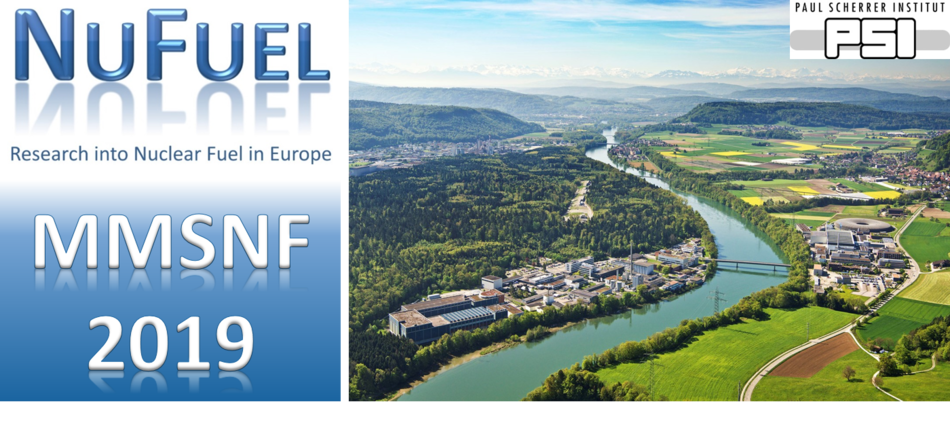Speaker
Description
The combination of high burnups and low temperatures occurring in the rim of oxide fuels, or in plutonium-rich islands of heterogenous mixed-oxide fuels, leads to a re-crystallization of the as-fabricated microstructure. The resulting structure, known as high burnup structure (HBS), is featured by nanometric-size grains and may develop substantial porosity as burnup proceeds. These aspects strongly affect the performance of oxide fuels in normal operating conditions and may jeopardize the integrity of the fuel rods during accidental transients (e.g., LOCA) at high burnups. Thus, developing models to be included in fuel performance codes is of the utter importance for a more reliable simulation of fuel rod behavior at high burnups. In this work, we present a mechanistic model describing the formation and evolution of the HBS in oxide fuels, featured by a level of complexity suitable for application in fuel performance codes. The model includes a semi-empirical modelling approach to HBS formation, expressing the volumetric portion of restructured fuel as a function of local effective burnup (i.e., the burnup accumulated below 1000°C) by the Kolmogorov-Johnson-Mel-Avrami (KJMA) relationship for phase transitions. The KJMA parameters were fitted combining experimental data on restructured volumes extracted from [1, 2] with TRANSURANUS simulations for the estimation of local effective burnup. We used the ImageJ image analysis software to derive novel data from [2]. The evolution of the HBS intergranular porosity is accounted for in a mechanistic fashion. Starting from the cluster-dynamics master equations governing the problem, we apply a Fokker-Planck expansion of the master equations in the cluster size space. In doing so, we derive a single-size model that describes not only the time-evolution of HBS pores number density, but also the first (mean size) and second (variance) moments of the pore size distribution. The model accounts for HBS pore growth due to the capture of fission gas atoms diffusing from the restructured HBS grains, and for pore-size-dependent irradiation re-solution. Moreover, pores are assumed not to be in mechanical equilibrium and can thus relax overpressure by absorbing vacancies. Pores interconnection by impingement during growth is accounted for, assuming pair interactions of HBS pores treated as monodispersed hard spheres [3]. We implemented the model in the SCIANTIX gas behavior code [4] and compared the calculation results to available experimental data in terms of xenon depletion in the fuel matrix [5], to models available in the open literature, and to data on HBS pore number density, average radius, and resulting fuel swelling [6]. Model results demonstrate a good agreement of model predictions with the experimental data and considered models from the open literature, on both xenon depletion and porosity evolution, together with computational burdens in-line with fuel performance codes requirements.
[1] J. Noirot et al., J. Nucl. Mater. 462 (2015) 77–84.
[2] T. Gerczak et al., J. Nucl. Mater. 509 (2018) 245–259.
[3] S. Torquato, Phys. Rev. E, 51 (1995) 3170–3182.
[4] Sciantix, https://gitlab.com/poliminrg/sciantix
[5] C.T. Walker, J. Nucl. Mater. 275 (1999) 56–62.
[6] F. Cappia et al., J. Nucl. Mater. 480 (2016) 138–149

